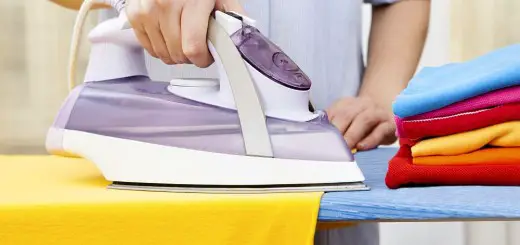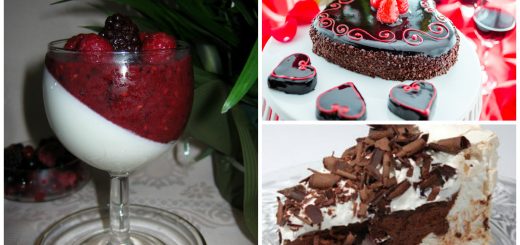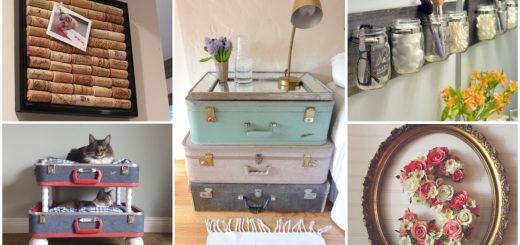A Brief Guide To A Durable Roof
Building a whole house is often a challenge that we leave to specialists. That does not mean you cannot have your own contribution where skills and some technical knowledge allow you to lay your hands on tools and build yourself different parts of a house so to accelerate work and save money at the same time. Today we will take a look at a brief guide to a durable and economical roof which, regardless of the material chosen for the covers, is based on the same resistance structure.
It is important to keep in mind the type of material chosen for covers so you know how resistant the framing, namely the support the roof covering, should be. The easiest option is a framing with wooden rafters with boarding and battens. You can also opt for a wood rafter framing, without any boarding, the second choice at hand.
Whatever the type of space under the roof, a living attic, a technical or storage space, it is necessary to provide an insulation that provides thermal comfort both during the hot period, and especially in the cold time of the year. There are several methods for insulating roofs: the insulation between the rafters or above the rafters, depending on the insulation material used or composition of the roof structure. Here we discussed about cellulose insulation, a modern, ecological and efficient solution.
As concerns the roof covers, we here made a comparison between metallic tiles and bitumen sheets. But corrugated sheets are also an option, a material with varying profiles allowing its use for both roofs and facades, fencing and gates, and for load-bearing constructions in both individual and industrial constructions.
Corrugated sheet is a handy option thanks to its primarily low prices compared to brick or other material and the possibility to mount it more easily. Some advantages of using corrugated sheets feature low weight (having a thickness between 0.5, 0.6, 0.75, 1.0 mm) and therefore it’s a lot easier to transport and build.
Moreover, corrugated sheet has technical performances that cannot be ignored, successfully competing with any other product for roofs. It is made of multilayer steel with a thickness of 0.50-0.60 mm, with the galvanic coating of aluminum or galvanized sheet only. Another advantage for those also seeking aesthetics is that the sheets come in a wide range of colors that can be found on the market so they can match any sort of taste and chromatic arrangement.


















